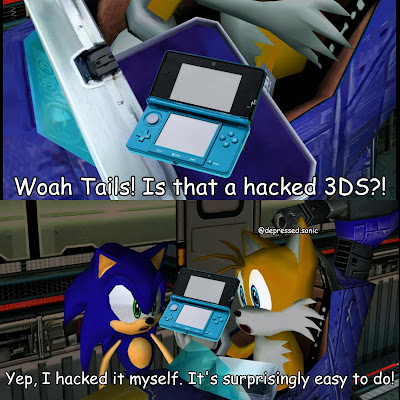As a group of proudly obsessed Dreamcast fans here at the Junkyard, we don't simply leave our admiration for Sega's 128-bit box of wonders at talking endlessly about the games, hardware or accessories that most people associate with the console. For us, the Dreamcast is life, and we need little encouragement to escalate our borderline obsessive behaviour by purchasing as much plastic tat merchandise associated with the console as our little wallets can handle. Genuinely, we would buy a bin full of sick if Sega printed a swirl on the side and called it the “DreamBin” (Lewis, copyright that shit right now).
But of course, we don't actually need to stock up on vomit-filled metal containers, because Sega, and the various publishers of Dreamcast games, have seen fit to release or provide their license to a whole assortment of items related to the console and the games that made it great. Some of these are awesome… so awesome in fact that this article will mark the start of what will become a long-running series of “Mike's Random Dreamcast Top Tens”, with this first one looking at some of my favourite pieces of merchandise that you too can buy and put on a shelf, and admire from a distance with a tear in your eye as you realise you'll never have enough time to play all those games you've bought, but purchasing mass-produced nonsense for display like your 80 year old grandmother’s collection of porcelain dolls is now your life.
Enough waffle. Let’s get on to today's random list, and too late for you to be able to get these in your stocking for Christmas! A pre-emptive warning - I may have my tongue firmly in my cheek for much of this article.
Dreamcast Socks
I write this as the full charade of Christmas is upon us. There are the sounds of happy little children outside, seasonal songs fill the airwaves and I can catch a glimpse of a tinsel and fairy light bedecked tree from my games room. I hate it. The children are little arseholes, the songs are shit and that tree is a fire hazard. No one remembers the true meaning of Christmas anymore - no, not Jesus (hail Satan), but family members you see for one day a year giving you shitty socks because they are bereft of ideas and refuse to indulge you in your childish love of gaming.
But here's an idea - get those family members to buy these snappy little numbers and everyone's a winner! When Sega remember they have licenses they haven't used for decades they release some cool stuff, and this selection of two different Dreamcast sock designs fulfils both our collective need to keep buying Dreamcast stuff while also allowing us to be all grown up and shit at the same time.
You can get these in traditional festive sock grey with a swirl on them or in a slightly wrong coloured approximation of the controller. They obviously missed a trick by not putting some kind of hilarious message in the VMU window, such as “I wanted a new Skies of Arcadia game but all I got were these socks”, but who cares when you can proudly display your love of the 128-bit wonder to your significant other every night with these?
.jpg) |
| The fetching grey of the socks on the right doesn't quite embody the blue-sky aesthetics. |
.jpg) |
| A pile of socks! Christ - what a time to be alive. |














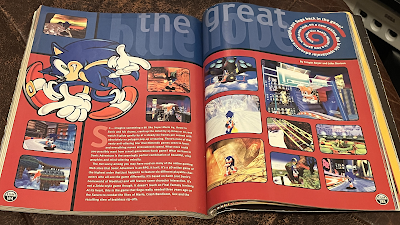




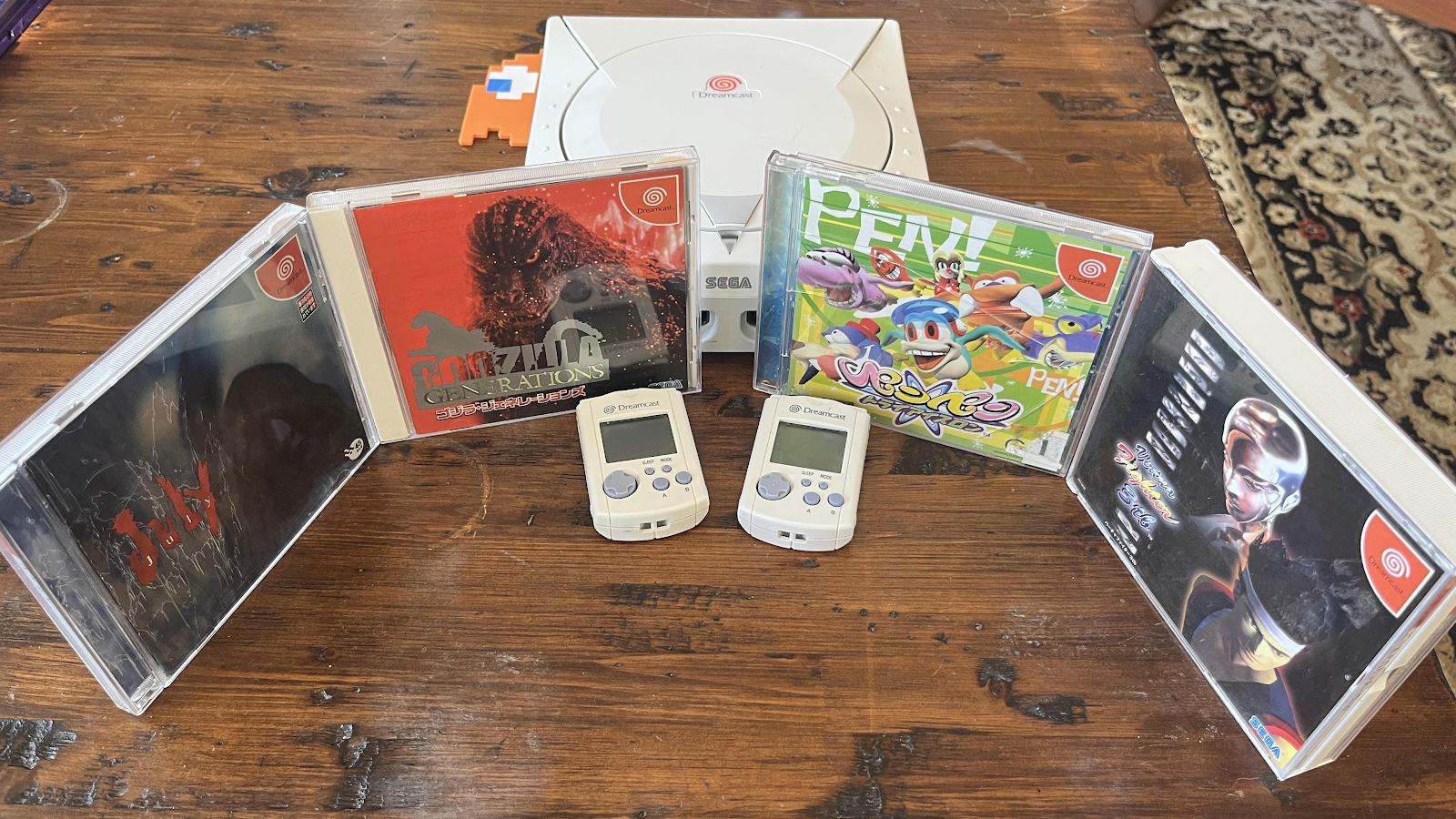








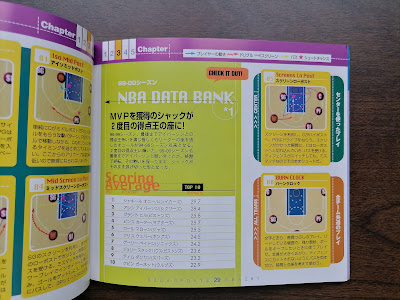


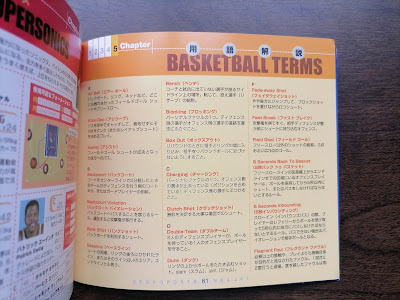

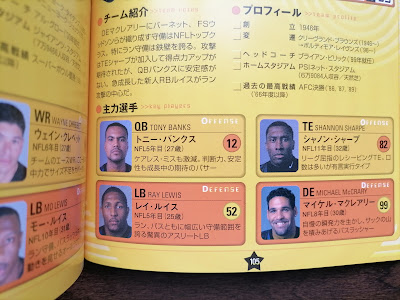










.jpg)
